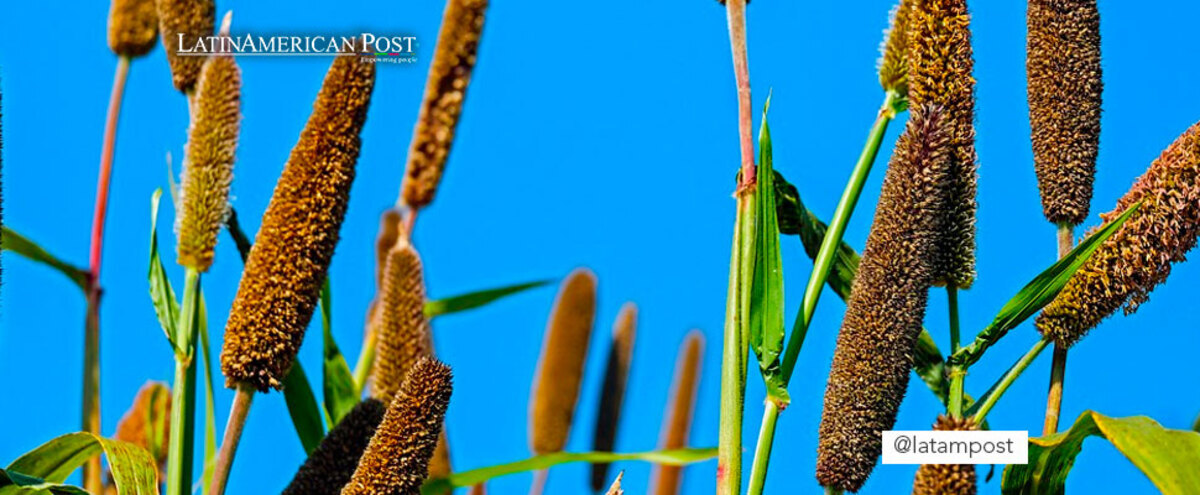2023 Will be the International Year of Millet
The UN General Assembly Decided in 2021 that 2023 Would be the International Year of Millet. Millets are a Group of Cereals Highly Consumed in Asia and Africa, Famous for their Protein Content and Because they are able to Grow in Arid Places.

Photo: Pixabay
LatinAmerican Post | Daniel Alejandro Vergara
Listen to this article
Leer en español: El 2023 será el año internacional del Mijo
The FAO (Food and Agriculture Organization of the United Nations) has been the entity selected to manage the information campaigns and events that will take place around the world around "Millet". One of the main reasons for designating 2023 as the year of this cereal is because it is a cereal that contributes positively to people's daily diet and its production cost is low. According to the FAO: “Millet can be grown in drylands with minimal inputs and is resilient to climate change. Thus, it constitutes an ideal solution for countries to increase their self-sufficiency and decrease dependence on cereal imports”.
On December 6, 2022, the UN Biodiversity Conference began, there they discussed the problems that the war in Ukraine has generated regarding the import and export of cereals. Faced with this situation, Latin America has not been the exception, in said event a call has been made to support Latin America and the Caribbean to strengthen agricultural production and social protection systems. This, since the context, compromises access to food and the necessary inputs for agriculture in the region. That is why, for the United Nations, millet can be a great alternative to cereals that are conventionally consumed and that have increased their marketing costs due to scarcity.
We recommend you read: Does Food Labeling With Nutritional Warnings Work?
“Millets comprise a diverse group of cereals and are an important food source for millions of people in sub-Saharan Africa and Asia. They are deeply rooted in the culture and traditions of indigenous peoples and help ensure food security in areas where they are culturally relevant,” the UN said at the opening conference of the International Year of Millet.
The FAO has begun to disclose some benefits of this cereal in the economic, agricultural and health fields.
- Being a cereal that grows in arid and infertile soils, it helps prevent soil degradation and contributes to the sustainable restoration of the land.
- It can contribute to food security and food scarcity in areas and regions that have dry seasons in which very little food can be grown.
- It is a great source of antioxidants, dietary fiber, and protein. Furthermore, it is a good option for people who have high blood sugar levels due to its low glycemic index, and since it does not contain gluten it is suitable for celiac people.
- After having reduced its production and demand, many years ago, it can currently represent an alternative source of income for small producers.
- Millet accounts for less than 3% of world cereal trade. That is why it can be considered as a valuable option to compete with those “more commercial” cereals that currently have high costs. This collaborates with the increase of the diversity of products in the market and helps with the crisis of the production of cereals.
It is expected that by 2023, millet could become one of the most consumed cereals worldwide. The balances are favorable for its expansion in markets such as Latin America and the Caribbean. The bet of the United Nations and the FAO for millet goes beyond economic interests, they seek to combat the food problems that are coming due to geopolitical conflicts and climate change.




